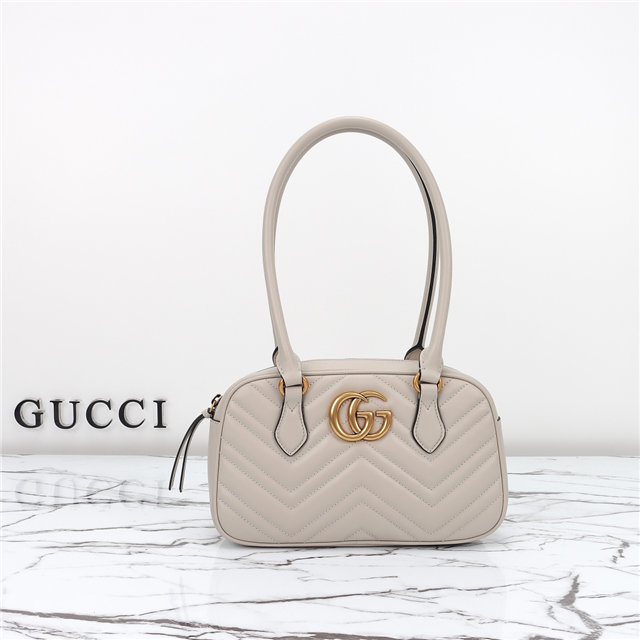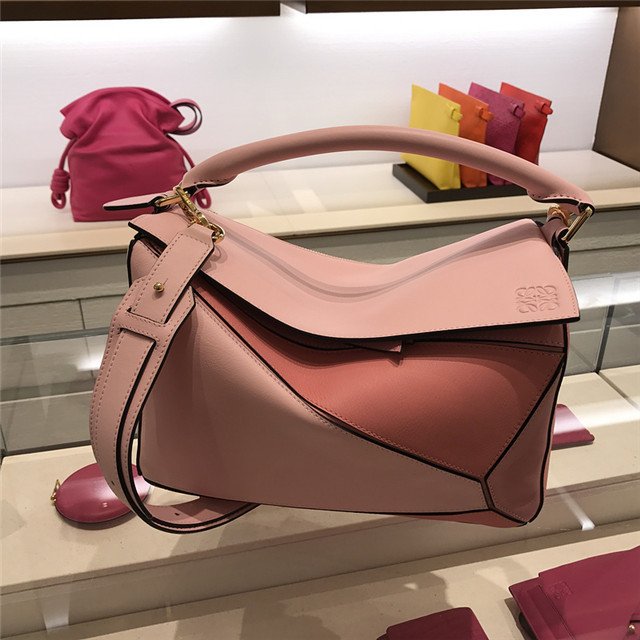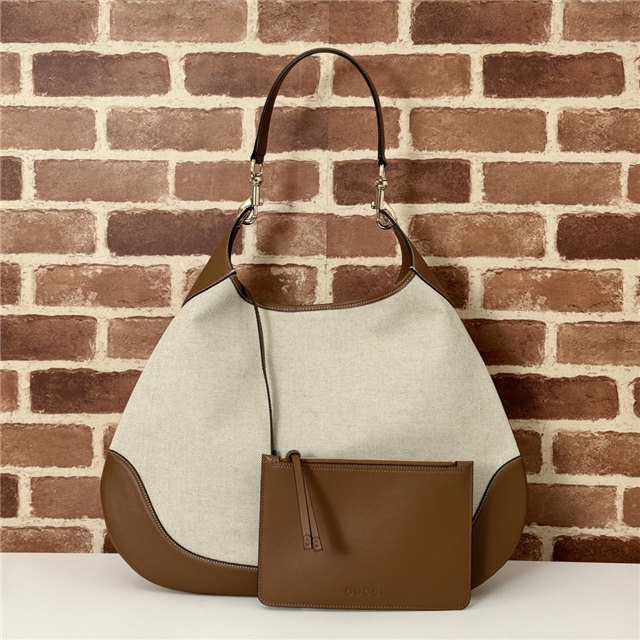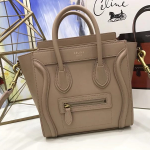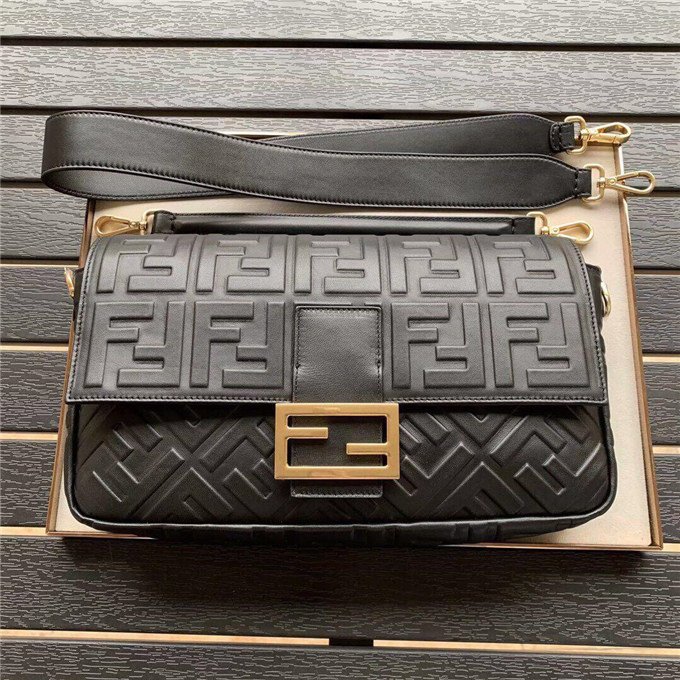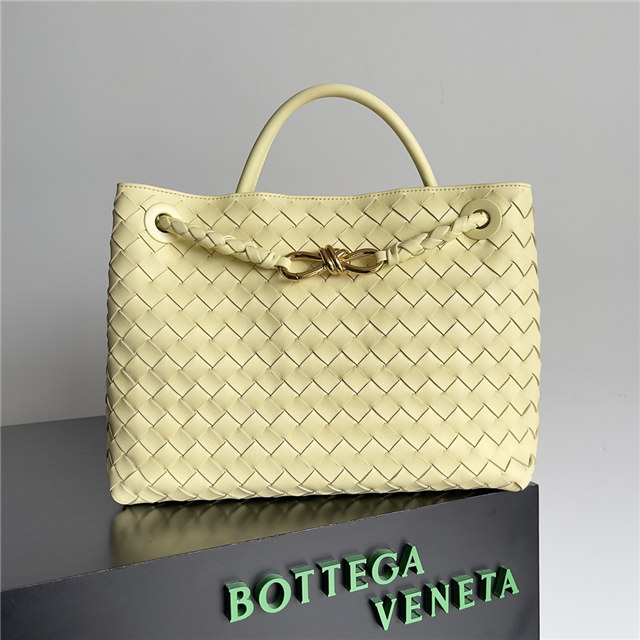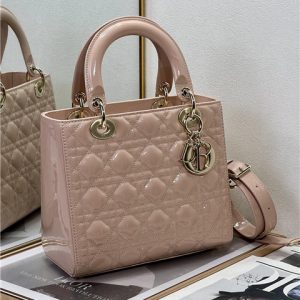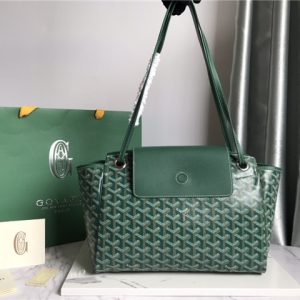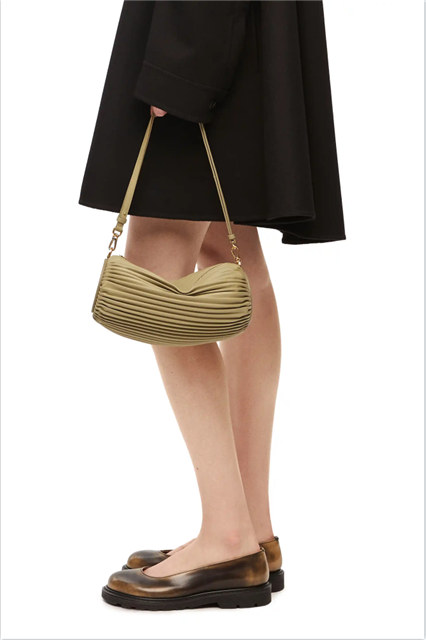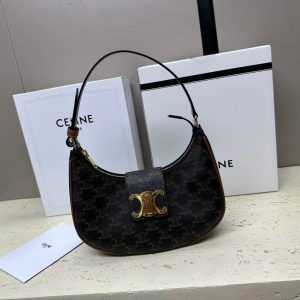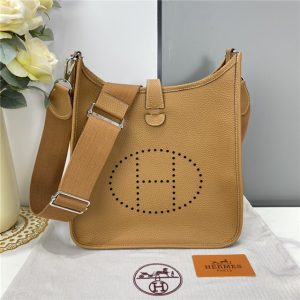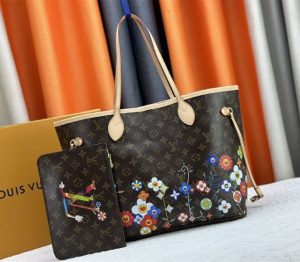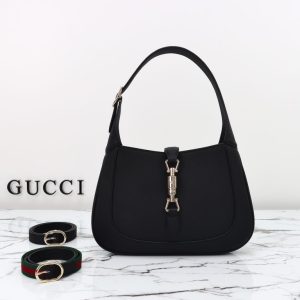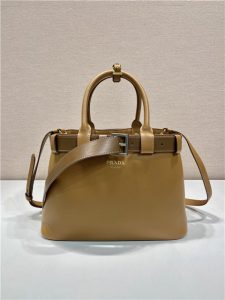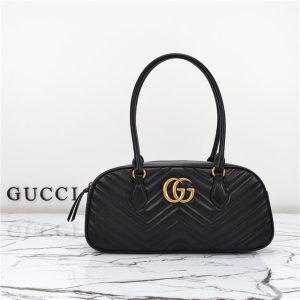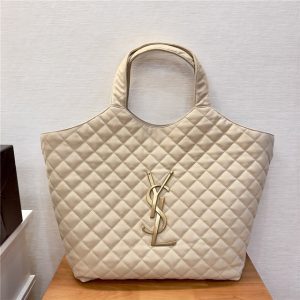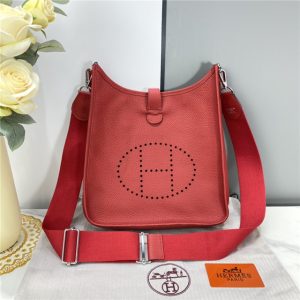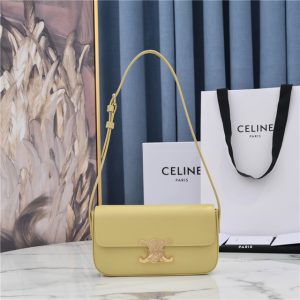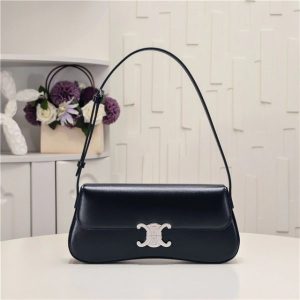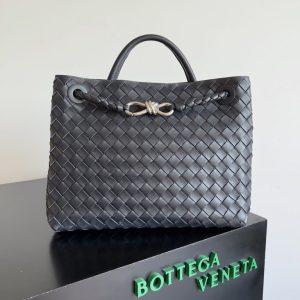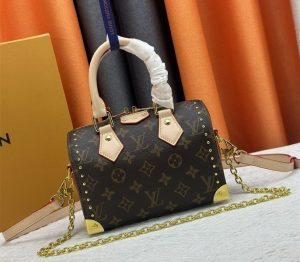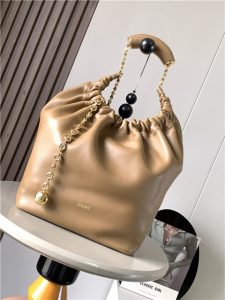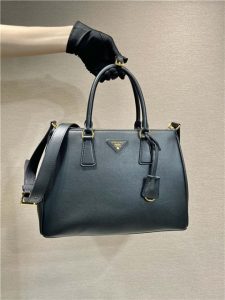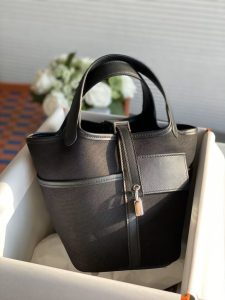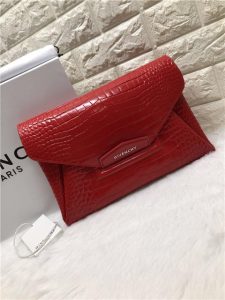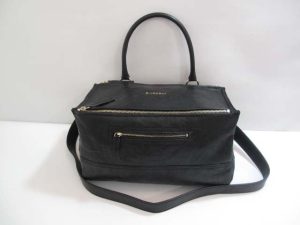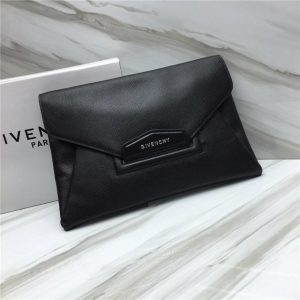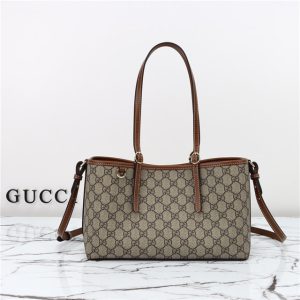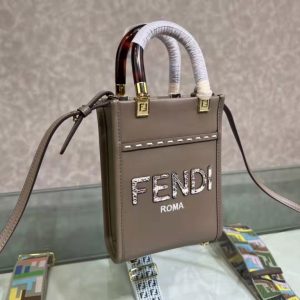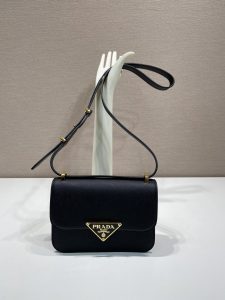First off, yeah, a real, genuine *anything* – be it a Breitling, a Cartier, or even a Casio (though maybe not all Casios, gotta double-check that, eh?) – *should* have a serial number. It’s like its fingerprint, its special code that screams “I’m legit!” But here’s the kicker: Fakers are getting *really* good. Like, scary good.
Think about it: if you’re gonna go through all the trouble of making a knock-off watch, why *not* slap a serial number on it? Makes it look more convincing, right? That’s exactly what they do! The problem is, these serial numbers are often…well, bogus. They’re either copied from real watches (meaning a whole bunch of fakes end up sharing the same “unique” ID – how ironic!), or they’re just completely made up gibberish.
I saw somewhere that some fake Airpods are even doing this serial number trick! What’s next? Fake cereal boxes with real expiration dates? The world is going mad, I tell ya.
Now, some people will tell you, “Oh, if the serial number is on the caseback, it’s fake!” or “If it’s on the lug, it’s real!” But honestly, those are myths. Manufacturers change things up all the time! So don’t rely on just the location of the number. It’s not an end all be all.
Here’s where it gets frustrating. You can’t just look at the serial number and be 100% sure. You gotta look at *everything*. The quality of the metal, the way the logo is printed (or etched), the weight of the watch, and even the font used for the numbers. Basically, you have to become a mini-expert on the specific watch you’re trying to verify.
And even *then*, you might get fooled! Some of these “expensive fakes” are so darn good that only a professional watchmaker can tell the difference. It’s like they’re playing us all for fools. I’d go as far as to say, if you’re buying a luxury watch second-hand, get it authenticated. It’s worth the peace of mind. I’d rather spend a bit more to be sure I’m not buying junk.


